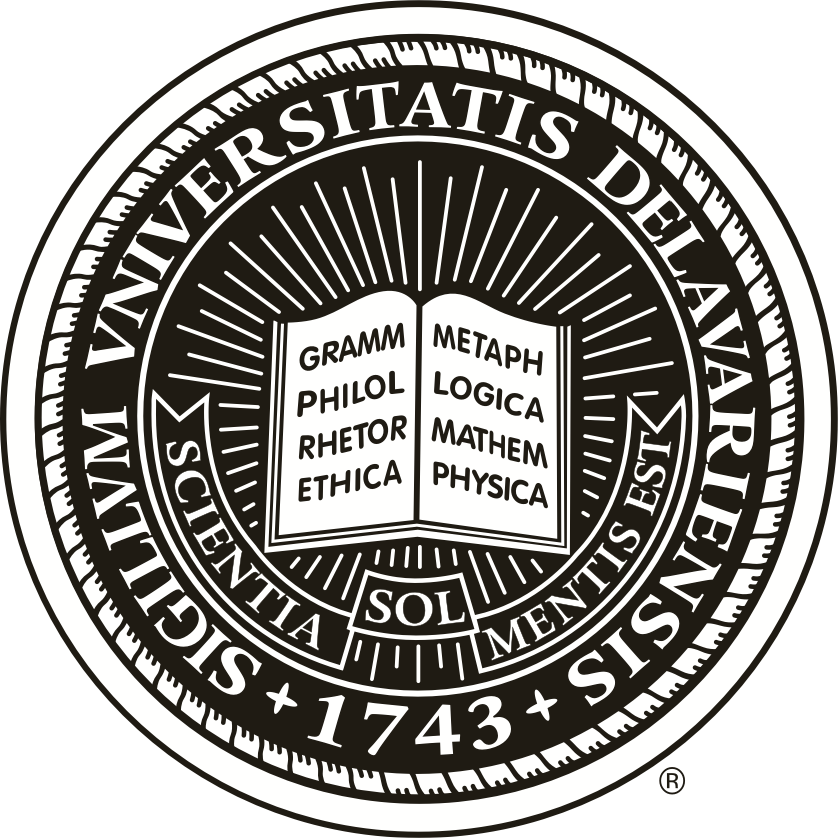Teaching and Learning
Winter Faculty Institute
Over 130 participants attended UD's three-day Winter Faculty Institute series titled "PBL Classic. PBL New." from Jan. 6 to Jan. 8, 2016.
The series was designed to help faculty implement problem-based learning (PBL) approaches that best match their teaching goals and subject areas.
Participants enjoyed this combination of the annual Winter Faculty Institute and UD's problem-based learning workshops. These workshops are representative of UD's foundational work in PBL dating back to the 1990s, leading to UD PBL workshops being offered at other colleges around the world.
As the title suggests, the institute was divided into two tracks: PBL Classic and PBL New. Participants attended whichever track matched their PBL experience. "PBL Classic" provided an overview of introductory PBL techniques for those who were unfamiliar with problem-based learning. Teachers with experience implementing PBL in their classrooms benefited from the discussion of advanced techniques in the "PBL New" track.
Faculty interested in sharing their PBL techniques are encouraged contact Faculty Commons to lead a session for the Summer Faculty Institute, May 31 to June 3, 2016.
Blended Learning and Seamless Teaching (BLAST) course design institute
Throughout January 2016, Faculty Commons hosted a blended learning institute designed to help faculty transition from in-person classes to hybrid or blended courses. A blended course has a significant portion of the learning activities online. BLAST offered a situated experience where participants gained the perspective of both the online instructor and the student. Participants developed challenging and engaging online learning activities to complement the face-to-face portion of their courses.
New user interface for Canvas@UD deployed
Canvas@UD was upgraded to a new user interface on January 4, 2016, just in time for the winter 2016 term. Notable changes include "cards" on the new dashboard and the main menu moving from the top to the left of the screen.
According to Instructure (the vendor hosting Canvas@UD), these changes make the desktop and mobile interfaces more in line, providing a seamless user experience across devices. This new interface also provides more screen real estate for course content by removing the top menus, reducing the need to scroll on larger monitors.
To learn more about the new interface, consult this Canvas@UD blog post.












